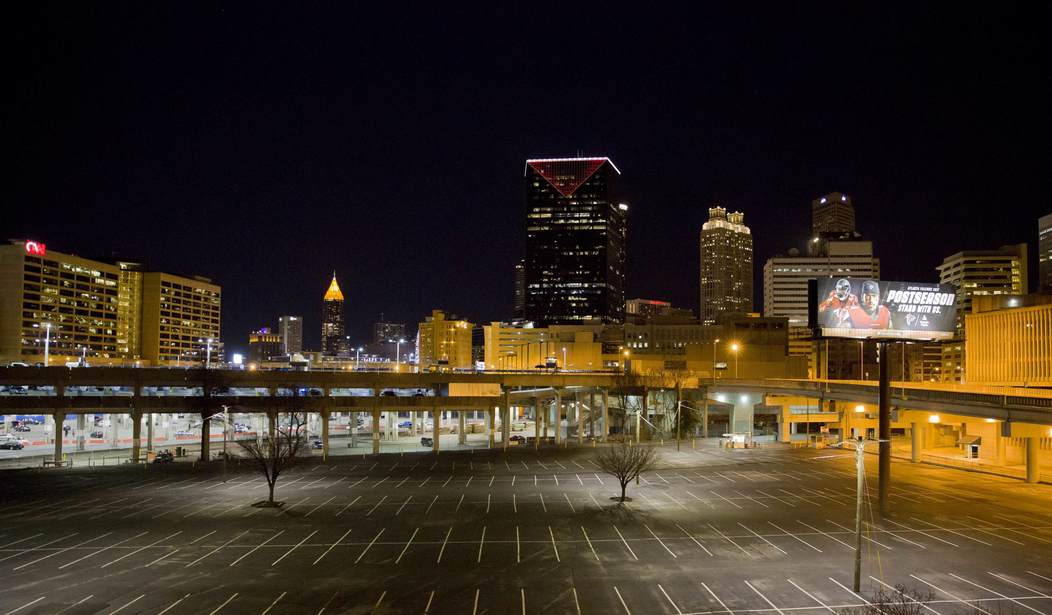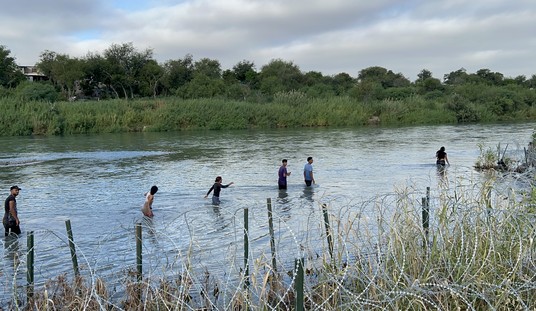The opinions expressed by contributors are their own and do not necessarily represent the views of RedState.com.
In this episode of The No-Longer-Hallowed Halls of Academia…
According to two Canadian “researchers,” white neighborhoods enjoy a greater abundance of wildlife than “urban” neighborhoods. Why? One word: racism. Make that two words: “systemic racism.” University of Manitoba researchers Chloé Schmidt and Colin J. Garroway wrote in a recently published study:
Systemic racism alters the demography of urban wildlife populations in ways that generally limit population sizes and negatively affect their chances of persistence.
I’ll go out on a limb and suggest that the proliferation of buildings, streets, and parking lots “might” be the culprit, but I’m willing to listen to these geniuses. Emphasis mine:
In the United States, systemic racism has had lasting effects on the structure of cities, specifically due to government-mandated redlining policies that produced racially segregated neighborhoods that persist today.
However, it is not known whether varying habitat structures and natural resource availability associated with racial segregation affect the demographics and evolution of urban wildlife populations.
Stop the tape. If it’s “not known whether varying habitat structures and natural resource availability associated with racial segregation affect the demographics and evolution of urban wildlife populations,” where’s their argument? Maybe we’ll find out.
To address this question, we repurposed and reanalyzed publicly archived nuclear genetic data from 7,698 individuals spanning 39 terrestrial vertebrate species sampled in 268 urban locations throughout the United States.
We found generally consistent patterns of reduced genetic diversity and decreased connectivity in neighborhoods with fewer White residents, likely because of environmental differences across these neighborhoods.
The strength of relationships between the racial composition of neighborhoods, genetic diversity, and differentiation tended to be weak relative to other factors affecting genetic diversity, possibly in part due to the recency of environmental pressures on urban wildlife populations.
That was “intellectual” doublespeak of the vaguest kind at its best. Here’s more:
However, the consistency of the direction of effects across disparate taxa suggests that systemic racism alters the demography of urban wildlife populations in ways that generally limit population sizes and negatively affect their chances of persistence.
Our results thus support the idea that limited capacity to support large, well-connected wildlife populations reduces access to nature and builds on existing environmental inequities shouldered by predominantly non-White neighborhoods.
Let’s cut to the chase, shall we? Here’s their argument:
The suburb boom in the 1950s encouraged White Americans to move into new suburban housing developments while “simultaneously pushing Black Americans and other racial and ethnic minorities to reside in urban cores” and live among more industrial infrastructure. Hence fewer parks and open green spaces.
Segregated “black areas” were often reinforced by physical barriers such as highways and railroad tracks. Thing is, these practices were outlawed by the Fair Housing Act of 1968. So even assuming the suburb boom of which the authors speak lasted roughly 20 years, the FHA was passed 55 years ago.
That said, the so-called “concrete jungles,” which existed prior to the suburb boom are even larger today, which is perhaps the real reason fewer wild animals live in metro areas than in suburban areas — not continuing “systemic racism.” I’m no Canadian researcher, but I’m pretty sure there are fewer wild animals in Chicago’s Loop, New York City’s Time Square, and Downtown Los Angeles, as well.
Highly compensated (with taxpayer money) left-wing researchers can find “racism” anywhere. And in large American cities, steel, bricks and mortar, concrete streets, and parking lots can be found anywhere, as well — and fewer wild animals.
Maybe Canadian researchers Chloé Schmidt and Colin J. Garroway can next do a study on the feasibility of bussing wild animals from their natural habitats to large cities.














Join the conversation as a VIP Member